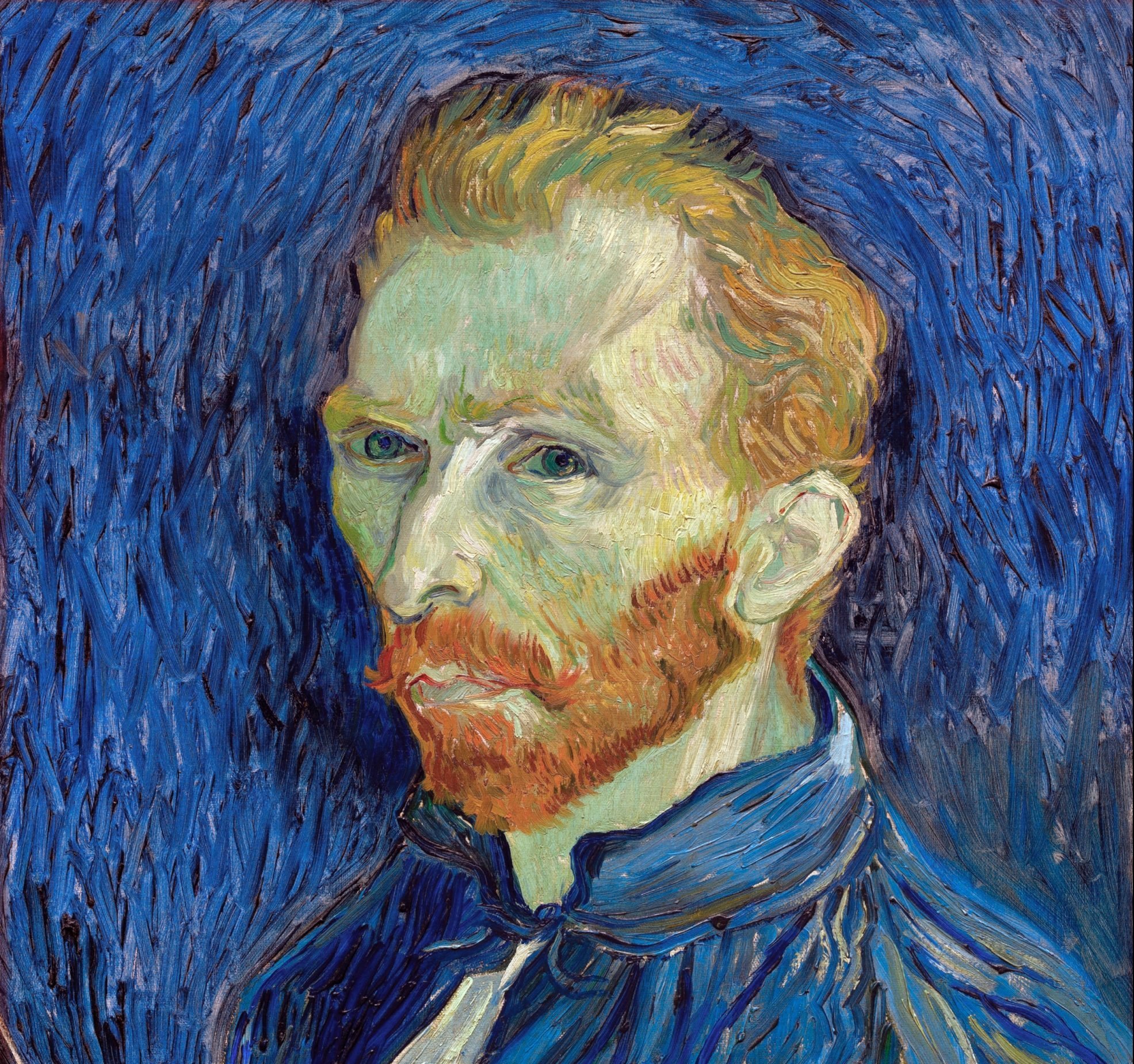
Ever get bored by washboard abs and symmetrical faces? Find yourself drawn instead to the gaunt and disheveled guy with angular features? Then you’ve likely been swept up in the recent craze for “hot rodent men” that has left the internet infested with pin-ups like The 1975’s Matty Healy or actors Jeremy Allen White and Josh O’Connor.
These heartthrob hamsters and sleazy squirrels appear to be particularly popular among Gen Z. As it turns out, however, 21st century trendsetters are hardly the first generation to gush over a guy with unconventional looks. Time and again, artists have rejected idealism to imbue their male subjects with a more idiosyncratic, rough-around-the-edges charm.
“It’s an indication of the cyclical nature of tastes,” according to Daria Rose Foner, a specialist in Old Master Paintings at Sotheby’s New York. After the “hot rodent man” trend made headlines in The New York Times and the Guardian, Foner’s team were amused to note that several works from their upcoming sales seemed to fit the bill, including one portrait by Jean François Sablet in the Old Masters day sale in London this Thursday. “It’s a turn away from that highly chiseled Brad Pitt type of male ideal to something that is much more relatable. That seems to have captivated the current imagination.”
In the centuries before TikTok, which eras used art to immortalize the hot rodents of their day?
Antiquity
A Roman floor mosaic depicting a battle between Alexander the Great and King Darius III of Persia on display in the Naples National Archaeological Museum in Italy. Photo: Diego Cupolo/NurPhoto via Getty Images.
Everyone knows the ancient Greeks loved an Adonis, reproducing this perfect male form in marble again and again and again. Artists of the subsequent Hellenistic period rebelled against the tired format. Their era began in 323 B.C.E. with the death of Alexander the Great and, in one mosaic of the Battle of Issus, the supposedly glorious military leader can be seen sporting a distinctly ratty look.
Northern Renaissance
Portraits by Jan Gossaert of the Northern Renaissance. Left: Portrait of a Gentleman (c. 1530) Photo: Sepia Times/Universal Images Group via Getty Images. Right: Portrait of a Man (1493-1532). Photo: Heritage Images via Getty Images.
Over a thousand years later, Michelangelo brought back the chiseled bod in the form of hunky David. Artists of the Northern Renaissance had other ideas. Painters like Jan Gossaert recorded all the most distinctive features of their sitters, including the scruffy beards and pointy noses of ye olde hot rodent noblemen and merchants.
Mannerism
El Greco, The Nobleman (1577-1584). Photo: Imagno/Getty Images.
Soon enough, Southern Europe was inspired to appreciate looks that are a little more unusual. Artists of the Mannerist period, like El Greco, embraced strangely stylized, disproportionate bodies and distorted features.
“From the Renaissance to Mannerism, we see the evolution an an aesthetic that moves from the idealized to the particularized,” said Foner. “Mannerism is all about idiosyncrasy and exaggeration and I think that’s very much what we’re seeing with the hot rodent man trend today.”
Romanticism
Romanticizing hot rodents? Left: Caspar David Friedrich, Self-Portrait (1810). Photo: Fine Art Images/Heritage Images/Getty Images. Right: Eugene Delacroix, Self-portrait (1837). Photo: Pictures From History/Universal Images Group via Getty Images.
By the time of the Enlightenment in France, Jacques-Louis David was the pre-eminent artist of his day. Using the Neoclassical style, he famously managed to turn even revolutionary writer Jean-Paul Marat—once described as “a horribly ugly little man”—into a bit of a dreamboat. Painters associated with the Romanticism movement, however, had no qualms about presenting a more rugged image, even of themselves, as is evident in self-portraits by artists like Eugène Delacroix and Caspar David Friedrich.
“It’s when we see an interest in the intensely human as opposed to an interest in the idealized form,” said Foner. “We see that push and pull time and time again.”
Impressionism
Hot rodent men of Impressionism. Left: Edouard Manet, Portrait of a Man. Photo: Francis G. Mayer/Corbis/VCG via Getty Images. Right: Pierre-Auguste Renoir, Self-Portrait (c. 1875). Photo: Sepia Times/Universal Images Group via Getty Images.
The Impressionists’ commitment to gritty depictions of everyday, urban life meant their men were no Ken dolls. Pierre-Auguste Renoir didn’t attempt to downplay his beau gosse rongeur features in one self-portrait, and they add a distinguished air to another sitter painted by Edouard Manet.
Modernism
Of mice and modern men. Left: Lucian Freud, Self-Portrait, Reflections (2002). Photo: Matthew Fearn/PA Images via Getty Images. Right: Egon Schiele, Self-Portrait (1912). Photo: Heritage Art/Heritage Images via Getty Images.
While many modernists were a bit too busy deconstructing the pictorial plane to worry much about how hot or not their subjects were, some painters like Egon Schiele and later Lucian Freud preferred to highlight a person’s most eccentric physical traits, including their own. Would they have proudly accepted the title of “hot rodent men”?